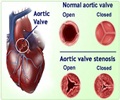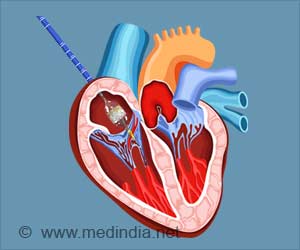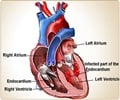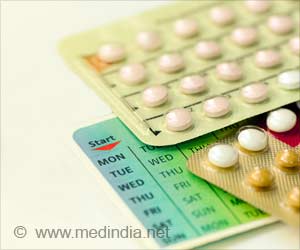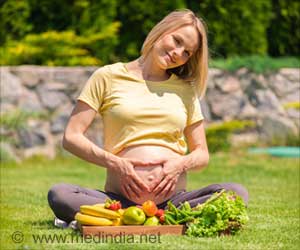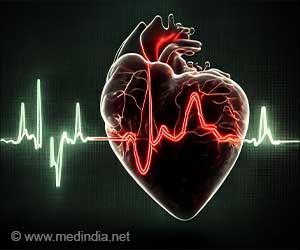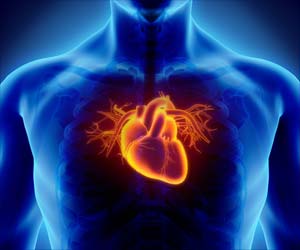Bioengineers had explored the cardiac tissue remodeling after aortic valve replacement procedures.
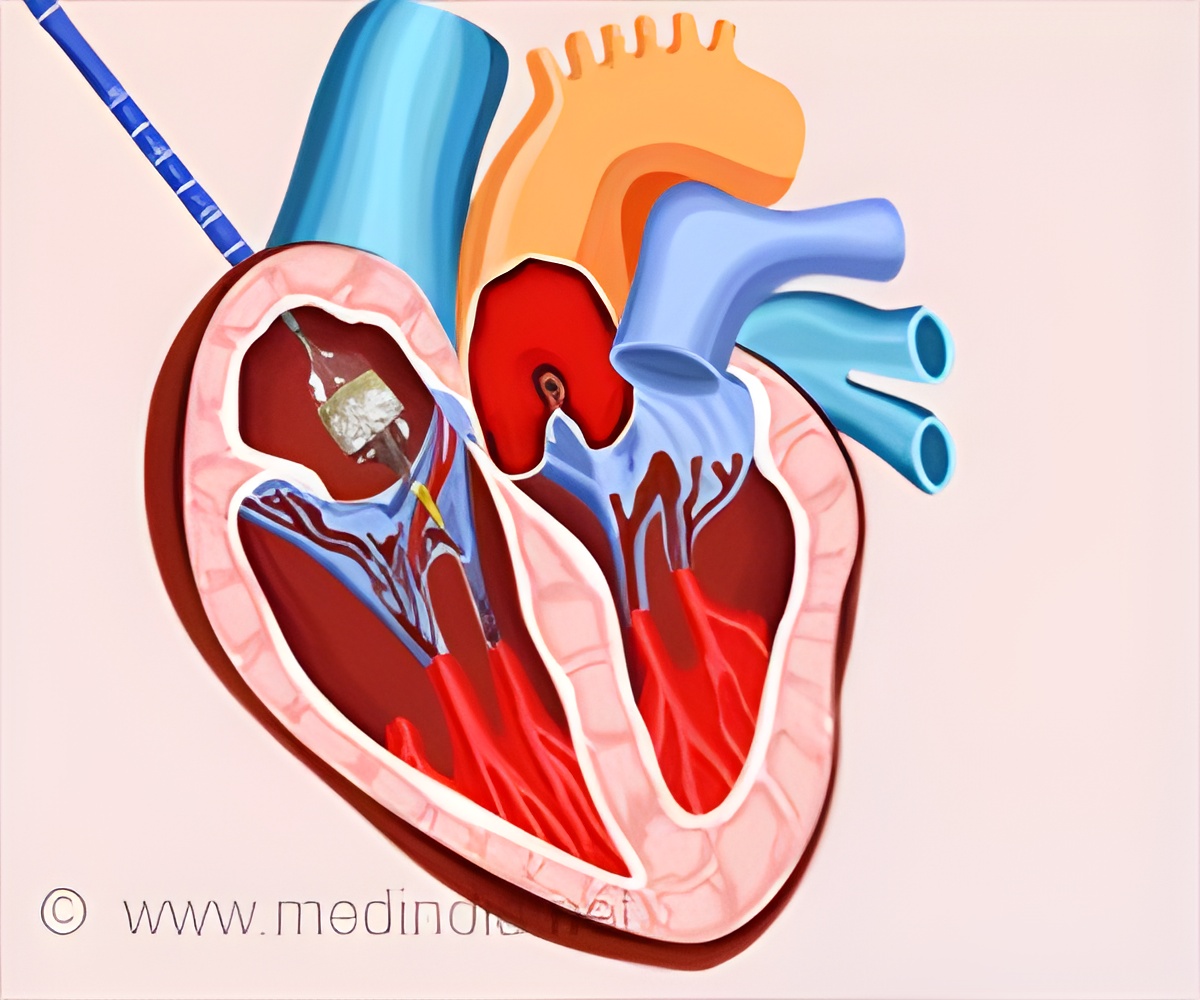
‘Aortic valve stenosis (AVS), a progressive disease characterized by heart valve tissue stiffening and obstructed blood flow from the heart, is known as a "silent killer," affecting 12.4 percent of the population over 75 years old with a mortality range of 2-5 years if left untreated.’





During AVS disease progression, tissue-specific cells known as fibroblasts transition into myofibroblasts, which promote tissue stiffening. The researchers were interested in understanding how and why, post TAVR, myofibroblasts revert to the more benign fibroblasts. "Previous studies have shown significant remodeling of cardiac tissues post-intervention," said Dr. Brian Aguado, lead author of the study and a post-doctoral researcher in CU Boulder's Department of Chemical and Biological Engineering. "Our hypothesis was that perhaps there are biochemical cues in a patient's blood that may revert myofibroblasts back to fibroblasts." Modeling such a transformation in the lab is one thing, Aguado said, but the key to the new study was obtaining blood samples from real AVS patients and then using biomaterials to replicate the microenvironment of the heart.
"The heart is not made of plastic like a petri dish is," he said. "We needed to engineer materials that could reflect the various stiffnesses of both healthy and diseased valve and cardiac tissue."
The researchers collected blood serum samples from AVS patients both pre- and post-TAVR procedure and then treated cardiac cells cultured in a customized hydrogel environment, maintaining a near-facsimile of the in vivo cardiac conditions before and after TAVR.
The researchers were able to quantify protein expression in patient sera, identifying key proteins associated with myofibroblast deactivation as the aortic and cardiac tissue re-shapes and rebuilds itself after TAVR.
Advertisement
"Cardiac fibrosis due to excess deposition of extracellular matrix proteins is a massive problem," said Timothy McKinsey, professor of medicine and director of the CFReT, one of the programs supported through the University of Colorado School of Medicine's Transformational Research Funding initiative. "Among other things, fibrosis causes the heart to become stiff, impairing its ability to relax. We are excited about the potential of translating our current findings to develop innovative therapies for fibrotic diseases of the heart and vasculature."
Advertisement
"We were a bit surprised by the breadth of these findings," Aguado said. "We didn't think that a valve implant could have such a profound impact on the body systemwide. The connections between our engineered models and clinical data give strength to that conclusion."
Overall, Aguado said, the results show that TAVR procedures do indeed trigger a beneficial protein response and that biomaterial models together with clinical samples can provide a useful bridge toward identifying future therapeutic opportunities.
"We are getting better at engineering disease models, but we're reaching a crossroads where models can only do so much," he said. "The future will rely on using patient samples in conjunction with these models to better understand disease progression in a patient. In collaboration with physicians, we can see how our advances in the lab can be translated into identifying more effective treatments for patients."
Source-Eurekalert

